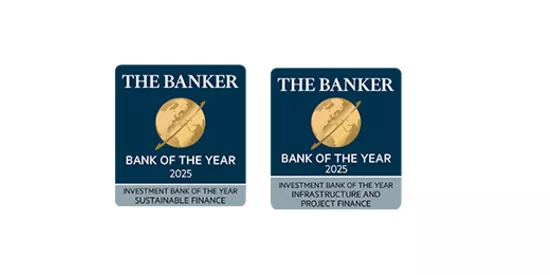
Lima’s metro: Relieving the city’s chronic congestion
Through one of South America’s largest infrastructure financings, Societe Generale is supporting the construction of Lima’s second metro line, which will help to cut journey times, greenhouse gas emissions as well as traffic incidents across the city.
Even by the standards of South American cities, Lima is infamous for its traffic issues. Between 2004 and 2012, the number of cars in the greater Lima city area grew by 40% to more than 2 million, accompanied by a surge in traffic incidents. Cars and buses emit around a third of the city’s greenhouse gas emissions, and, at peak times, it takes approximately 2.5 hours to drive across the city.
All this is set to change with Lima’s plans to develop its metro system from one line to six. Moreover, in 2015, the “Nuevo Metro de Lima” consortium has already began constructing a second line, Metro de Lima Línea 2, thanks notably to secured financing, with Societe Generale playing an important role.
This landmark concession will build a bridge between Italy and Peru, which Societe Generale has helped to make possible." said Margherita Cioffi, Group Finance of Finmeccanica
Societe Generale was one of only two banks taking part in a US$800 million syndicated loan used to purchase, from the consortium, deferred payment receivables issued by the Government of Peru. The loan, which closed in October, followed a US$1.155 billion bond issue in the summer. This made up a total financing package of US$1.955 billion, equal to 30% of the project’s US$6.5 billion cost. .

The consortium – composed mostly of European clients of Societe Generale, namely ACS, FCC, Salini Impregilo, Finmeccanica group, plus the Peruvian civil work company Cosapi – will develop a 27 km east-west metro line with 27 stations and an 8 km airport branch with a further eight stations.
“This landmark concession will build a bridge between Italy and Peru, which Societe Generale has helped to make possible. We were very happy with the smooth execution of the financing which was possible thanks to the perseverance of the SG team dedicated to the project.” said Margherita Cioffi, Group Finance of Finmeccanica, the Italian company supplying the trains and the electromechanical and signalling equipment.
“Peru has shown with this financing, supported by Italian export credit agency SACE, that its innovative deferred payment model can work for its future infrastructure financing needs” explained Laurent Eurin, Head of Export Finance Americas, Societe Generale.
On completion in 2019, the line is expected to carry more than 660,000 passengers a day across the city from east to west in 45 minutes. It will also significantly reduce transport costs , the number of traffic accidents and greenhouse gas emissions




